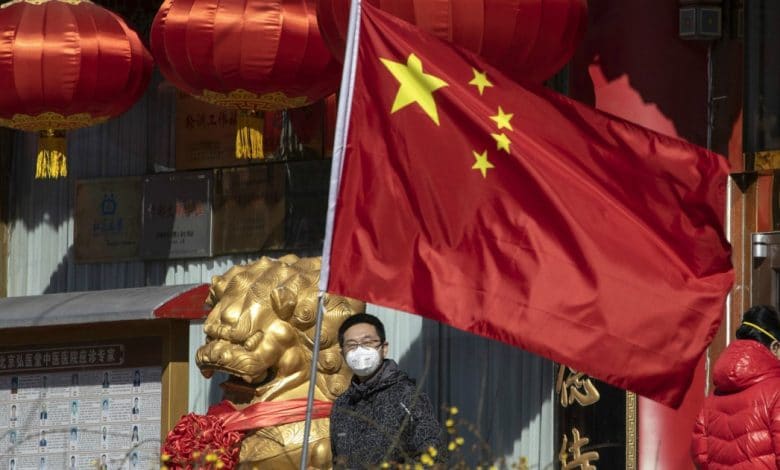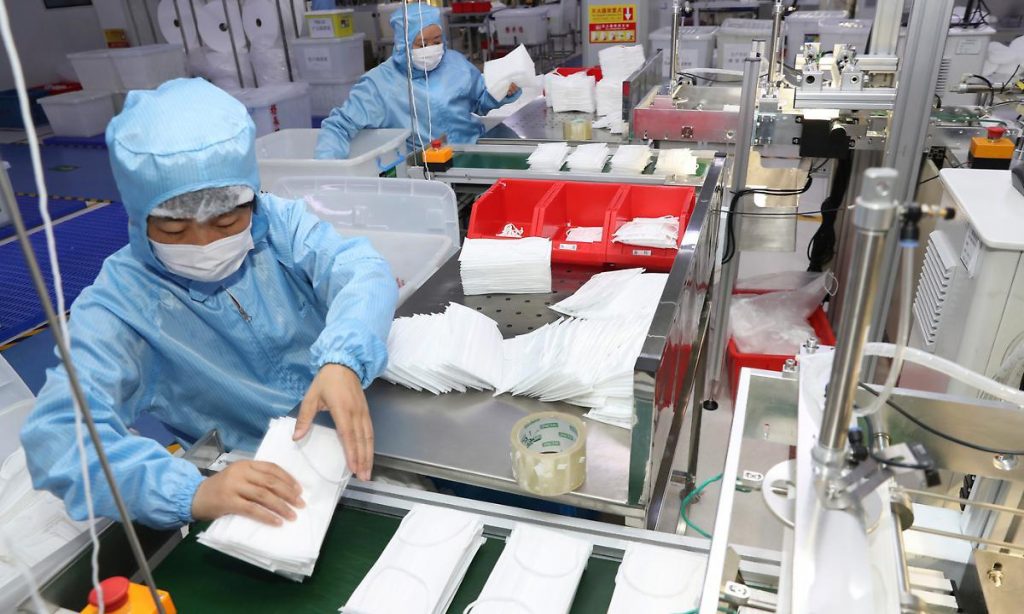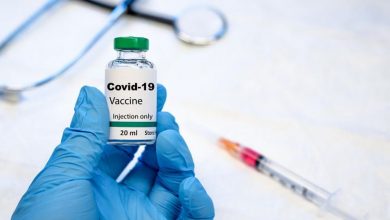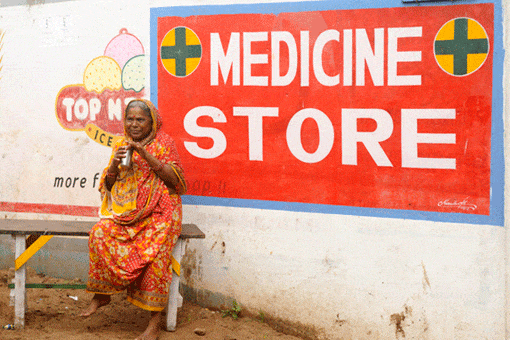
Coronavirus. Global risk of lack of medicines
The heavy ones containment measures, including economic ones, of Covid 19 by the Chinese authorities could have global consequences. Indeed, China is the world's leading producer of active pharmaceutical ingredients and disruptions in Chinese production could trigger a domino effect that could upset global supply chains.
The US Food and Drug Administration has announced a series of shortages and shortages due to interruptions in the production of active ingredients due to the coronavirus. The US administration has identified 20 drugs with active ingredients sourced exclusively from China, it reports scmp.
Europe has been preparing for a similar impact. The European Medicines Agency  of the European Union said it was monitoring the potential impact of the outbreak on pharmaceutical supply chains in the EU, although there are no reports of supply disruptions yet.
of the European Union said it was monitoring the potential impact of the outbreak on pharmaceutical supply chains in the EU, although there are no reports of supply disruptions yet.
What kind of drugs are these? Antibiotics, blood pressure and diabetes medications, antiretroviral treatments for HIV and AIDS, common products like ibuprofen and the steroid hydrocortisone are included in the vast Chinese industrial production of generic drugs and their active ingredients. These ingredients, which in most cases are no longer covered by patent, had a combined export value of more than $30 billion in 2018, according to the latest data from the China Chamber of Commerce for Import and Export of Medicines and Healthcare Products. Eighty percent of active pharmaceutical ingredients in the United States are imported, most of which comes from China and India.
In 2019, the percentage of US drug imports from China included ibuprofen 95%, hydrocortisone 91%, acetaminophen 70%, penicillin 40-45% and heparin 40%, according to data from the US Department of Commerce.
The drug supply situation is emblematic of many problems in the manufacturing sector: there has been an explosion of production offshoring to China, but the strategic risks this poses for many of these products have not been understood. These concerns have been brought back into the spotlight by the coronavirus.
On Saturday, China announced that its manufacturing purchasing managers' index, a measure of factory activity, fell to an all-time low in February. The previous all-time low had been reached during the global financial crisis of November 2008 and second Xinhua, pharmaceutical production is also contracting.
If pharmaceutical production resumes shortly, the consequences could be limited, but it is still too early to tell.
Graziella Giangiulio





